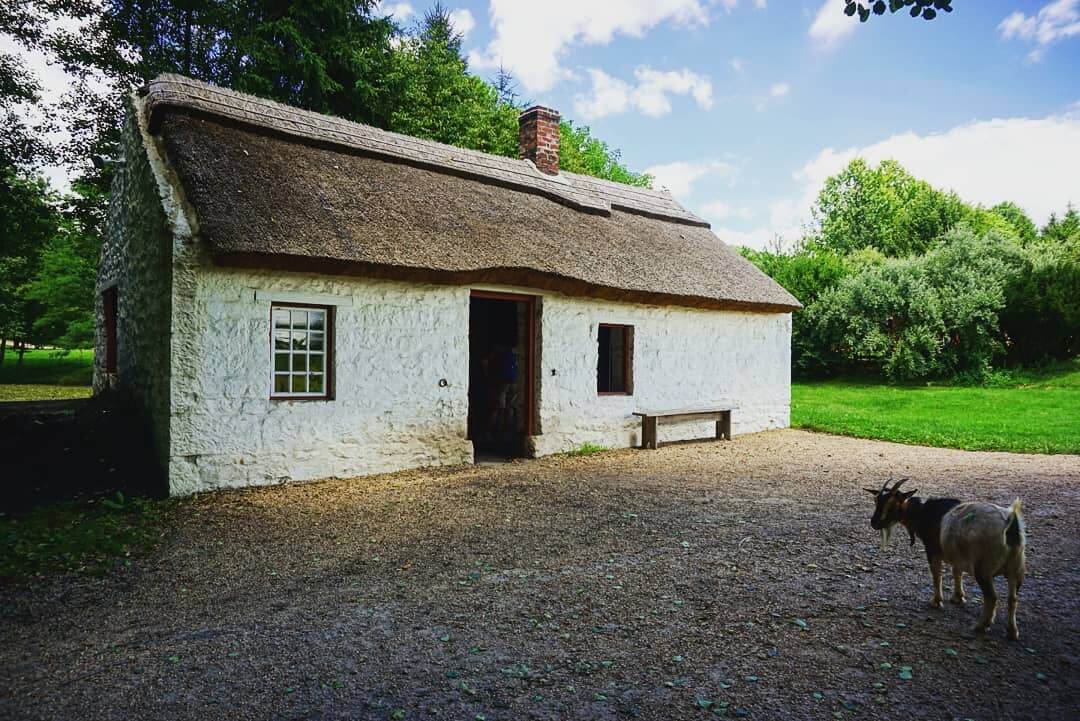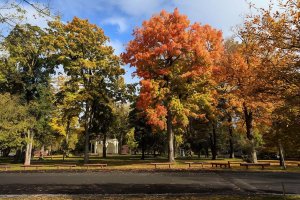
Journey Back in Time to Staunton’s Scots-Irish History
(Published 03/16/2023)
Staunton and Augusta County have a rich Scots-Irish history that dates back to the 18th century. Many of the early European settlers in the region were Scots-Irish immigrants who came to the area in search of land, religious freedom, and economic opportunities. They were known for their toughness, independence, and hard work, and they played a significant role in the early settlement of Staunton and the surrounding areas.
Who were the Scots-Irish?
In the early 1600s, King James I sent colonists from Scotland and England to an area in northern Ireland called Ulster. The idea behind the “Ulster Plantation” was to populate Catholic Irish lands with Protestants, thus protecting the Protestant throne. The descendants of the original group became known as Scots-Irish.
How did the Scots-Irish end up in Augusta County?
Scots-Irish settlers began coming to America in the early part of the 1700s for religious freedom, land, dependable access to food, and economic opportunities. More immigrants came to the area in the 1760s. Many originally settled in Pennsylvania. However, competition with other immigrant groups drove land prices up, so they migrated along the “Great Road” into the Shenandoah Valley.
Virginia Governor William Gooch – whose wife was Lady Rebecca Staunton – encouraged them to establish roots in the Valley. He hoped their presence would act as a buffer to already established areas in the east and keep away the French and Native Americans. John Lewis was the area’s first Scots-Irish settler in 1732. Others followed him to the area. Both an obelisk in Gypsy Hill Park and the name of a local creek memorialize his contributions. The British Crown granted William Beverley an enormous 118,000-acre tract of land in 1736. Many Scots-Irish settled on “Beverley Manor,” also called “The Irish Tract.”
What impact did they have?
According to the Frontier Culture Museum’s website, at the end of the 1700s, the Scots-Irish were the largest English-speaking group on the Colonial American frontier. Because of the size of their population, the Scots-Irish played a crucial role in shaping the Valley’s culture and identity. They did this through Presbyterian beliefs, education, farming practices, wool and linen production, language, music, and even through the introduction of whiskey.
Who were some notable Scots-Irish people with connections to Staunton?
- Joseph Addison Waddell was a politician who represented Augusta County at the Virginia Constitutional Convention of 1868. He was also a historian and author who wrote The Scotch-Irish of the Valley of Virginia.
- Benjamin Logan, a pioneer and politician, and John Lewis Peyton, a lawyer and author were also from Staunton. Mary Baldwin University was founded by a Scots-Irish Presbyterian minister in 1842. Even Woodrow Wilson had Scots-Irish ancestry.
- Staunton’s Betsy Bell and Mary Gray Wilderness Park was named after two twin mountains in Scotland. The names honored two young women who died from the plague in 1645 after the same cheating boyfriend visited both of them. Songwriters wrote a ballad about the incident, and early settlers brought it with them to the Valley.
How can I learn more?
- Visit the Irish Farm at the Frontier Culture Museum to learn more about the Scots-Irish and their legacy.
- LibraryIreland.com also has several historical articles relating to the Scots-Irish in Virginia.
St. Patrick’s Day in the Staunton Area
A religious celebration for over 1,000 years, St. Patrick’s Day originally observed the death of Ireland’s patron saint. St. Patrick was credited with bringing Christianity to Ireland in the 5th century. St. Patrick’s Day parades and celebrations in America began as a way to bring recognition to the value of Irish culture. Now, St. Patrick’s Day is a full-blown celebration where people of all backgrounds appreciate shamrocks, beer, Irish whiskey, music, Irish food, and wearing the color green.
Newsletter Sign-up
Stay up to date on the latest and greatest happening in Staunton.


